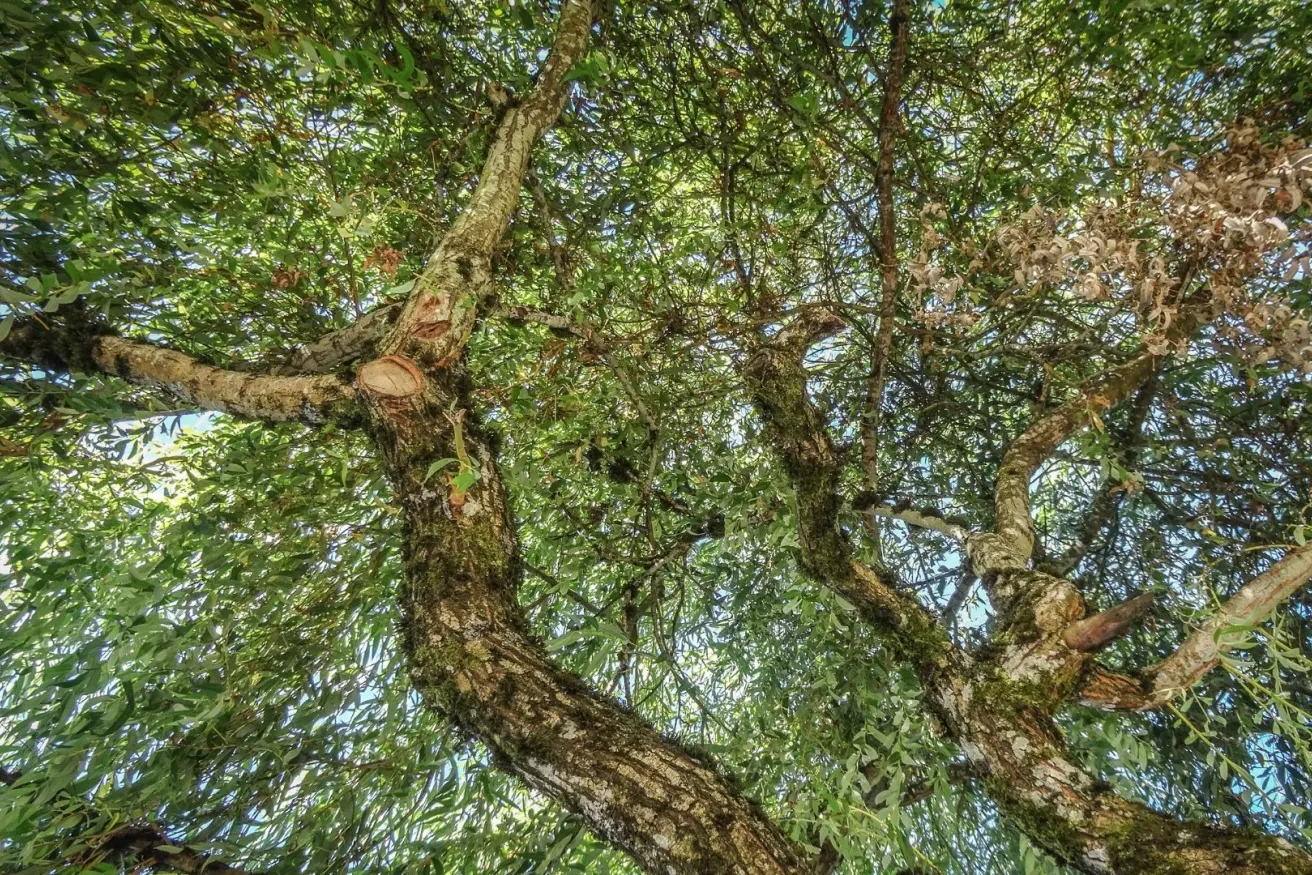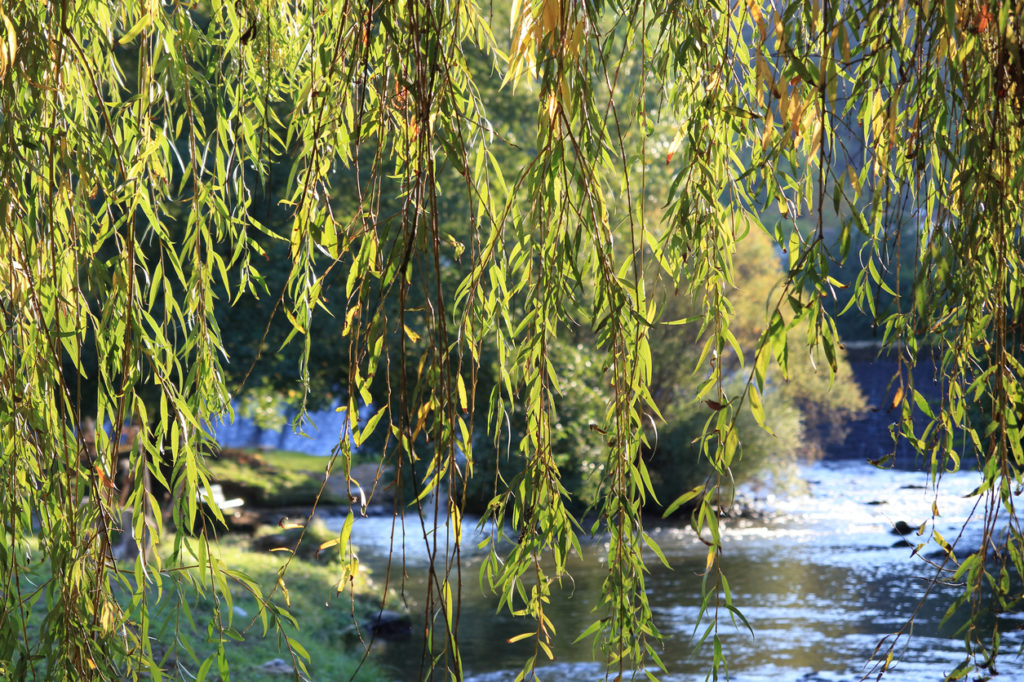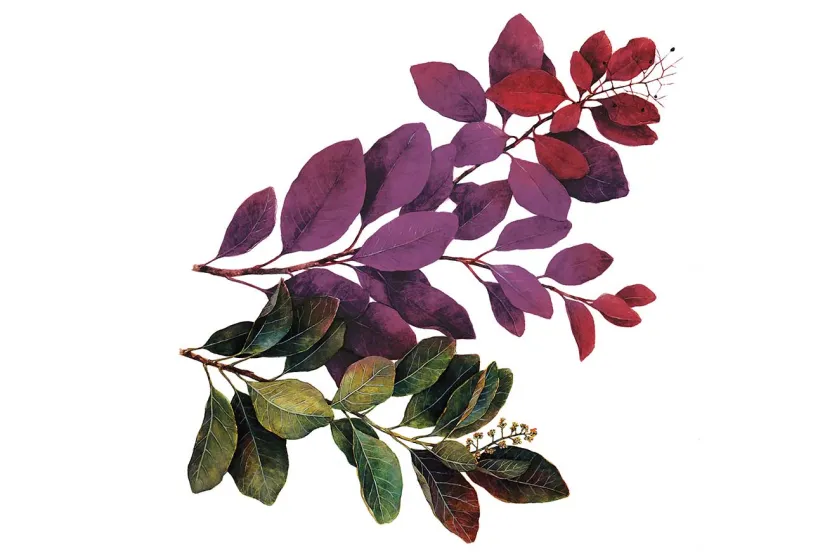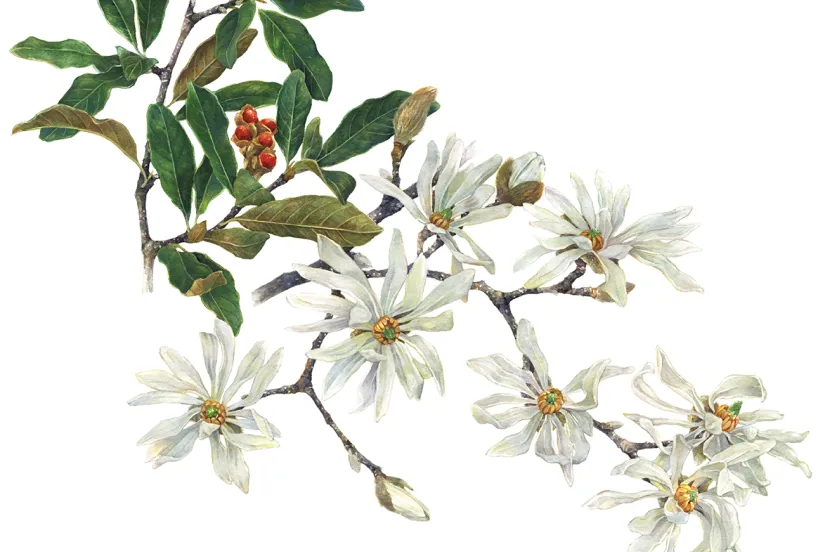Now live: The 2025 Canopy Report. Learn how Americans see trees. GET THE REPORT
Were they water maidens in the long ago, that they lean out sadly looking down below? — Walter Prichard Eaton
If ever there were a tree to stir the heart of a poet, weeping willow would claim the honor. To Walter Prichard Eaton, the long, slender branches gently dipping to the water of a river, “still…deep and brown,” is nothing if not the hair of a once-fair maiden. Robert Herrick also saw melancholy, proclaiming, “Thou art to all lost love the best,” a tree under which distressed young men and maids “weary of the light…come to weep out the night.”
Napoleon Bonaparte must have seen something of this in the tree, too. When banished to the island of St. Helena, Napoleon is said to have found a favorite place beneath a weeping willow, undoubtedly reflecting there on his lost honors. He was buried by the tree, and cuttings from it came into high demand around the world. One even made its way to East Potomac Park in Washington, D.C.
Weeping willow is a native of China. The rapid growth and ease of reproducing itself has led to a large number of different species. No one is even sure how many there may be in China, but the elder statesman of willow taxonomy, George Argus, believes it may be anywhere from 330 to over 500.
In ancient days, China’s willows were carried along the trade routes to the Middle East. Some historians think weeping willow reached England in 1692, but the more popular story is that the newly-introduced tree was spotted by Alexander Pope sometime before 1730 and planted at his villa, Twickenham. It grew rapidly in both size and fame, eventually being cut down in 1801 when a new owner of the villa got fed up with showing the tree to tourists. Cuttings made their way to our shores prior to the Revolutionary War and weeping willow has become one of the country’s best-known trees.
A Natural Aspirin
Somehow, very long ago, humans learned that willows possess medicinal properties that relieve pain. In one of the world’s first texts on applied botany, the first century Greek physician Discorides recommended mashing willow leaves, adding a little pepper and drinking with wine to relieve lower back pain. The Native Americans dispensed with the frills and simply chewed the inner bark of native willows to relieve the pain of mouth sores and tooth aches. Today, the USDA’s Agricultural Research Service website lists studies linking weeping willow to the effective treatment of health problems ranging from rheumatism to malaria. Ethnobotanical uses (botanical uses by races of people) are also shown for the treatment of fever, gonorrhea, cancer, and as an antiseptic.
The active ingredient in fresh willow bark is salicin, a chemical that decomposes in the human system to become salicylic acid, a compound very closely related to the synthetic pain reliever we know as aspirin.





